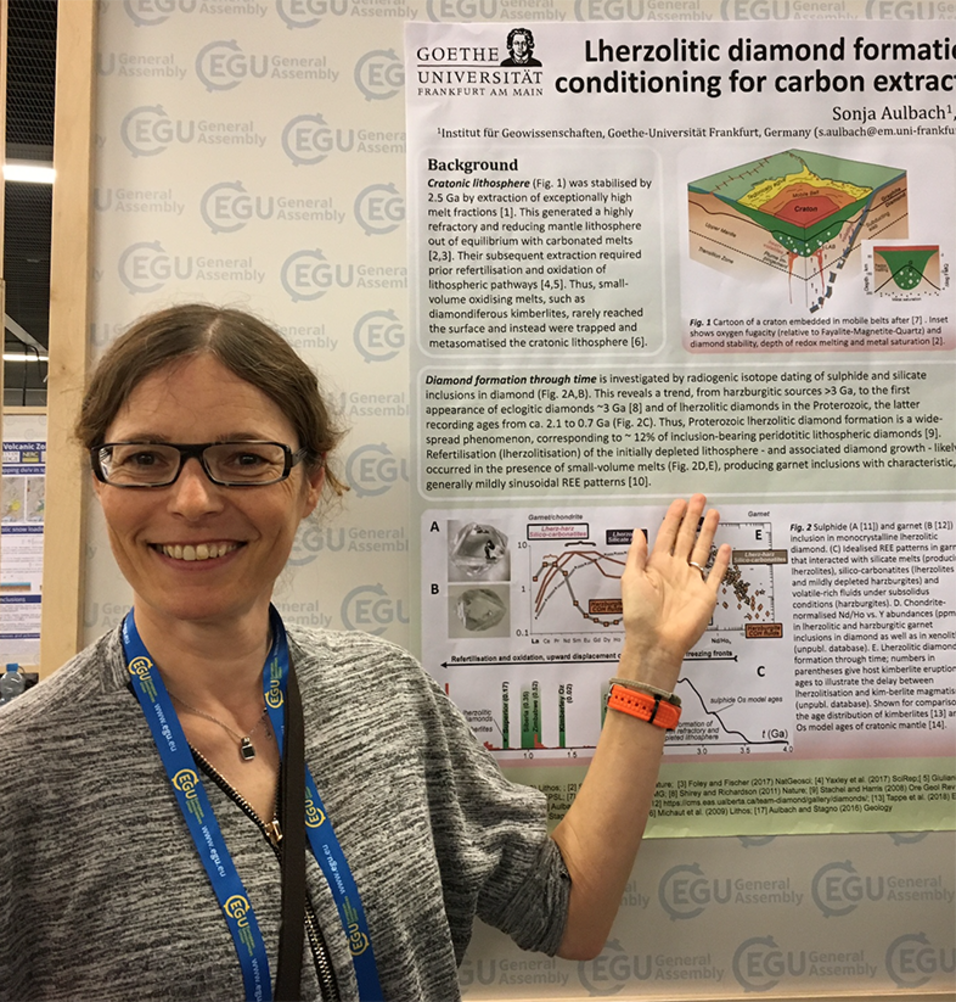What is so fascinating about your research area?
Processes that occur invisibly deep in Earth’s interior are constantly expressed at the surface via volcanism, release of magmatic volatile elements to the atmosphere, and tectonic processes at all scales that shape our planet, such as mountain building and the opening of ocean basins. Because the deep Earth is largely inaccessible, obtaining constraints on its origin, evolution and current state is like playing detective: you have to choose the right samples, piece together the evidence applying suitable methods and then argue your case using the results. I find this to be a very rewarding pursuit.
Which central message should your students remember?
Don’t let set-backs bring you down – they are an integral part of the learning experience (which never ends no matter how long you are in the “business”). Tenacity and flexibility will get you over the finish line.
Why did you decide to do research and teach at our Faculty?
I have recently established a fruitful and friendly working relationship with several colleagues here in the Department of Lithospheric Research that I wish to deepen. We will use the time to discuss results on a project to which I have contributed and to get started on a joint proposal which will hopefully strengthen the ties between our departments. Besides, I have been to Vienna many times because a large geoscience meeting is held here every spring, and I really like the city and its vibes.
Which three publications characterise your work?
- Last year, we had the opportunity to review the petrogenesis and geodynamic significance of eclogite (Aulbach & Smart, Annual Review of Earth and Planetary Sciences vol. 51). This beautiful rock forms when oceanic crust is thrust deep into the mantle, which has occurred for billions of years.
- In 2016, we (Aulbach & Stagno, Geology 44) used eclogite to show that the chemical potential of oxygen in the mantle changed shortly before oxygen levels in the atmosphere also rose.
In 2019, I contributed a review chapter to the book Lithospheric Discontinuities (published by the American Geophysical Union), which links geophysical and geochemical signatures to understand how the mantle beneath the continents is transformed over time, and explains the occurrence of various types of magmas in the continental interiors.
Thank you & welcome to our Faculty!
About the Person
- Dr. Sonja Aulbach's main research interests are in the origin, modification and destruction of continental lithosphere in the context of the physicochemical evolution of terrestrial reservoirs, volatile cycling and geodynamics through time, which have shaped our planet and made it unique in the solar system. Sonja studied geology and mineralogy at Goethe University Frankfurt and received her PhD at Macquarie University (Australia) in 2005, followed by postdocs at University of Maryland (USA) and University of Alberta (Canada) before coming back to Frankfurt as research associate and then fellow of the German Research Foundation. She is holder of a prestigious Heisenberg fellowship, recipient of the 2021 Paul W. Gast Lecture and Co-Editor-in-Chief of Chemical Geology.
Sonja Aulbach - Goethe University - Department / Host: Department of Lithospheric Research / Univ.-Prof. Dr. Rainer Abart
- Course in the summer term: 280100 VO Geological applications of radiogenic, volatile and metal stable isotopes and trace elements (2024S)


